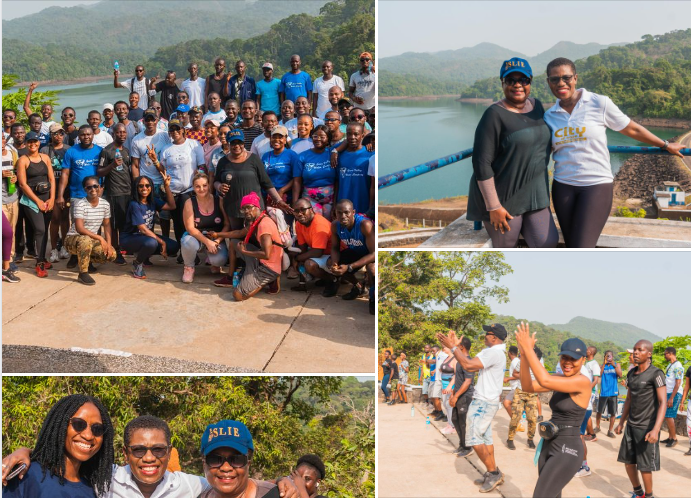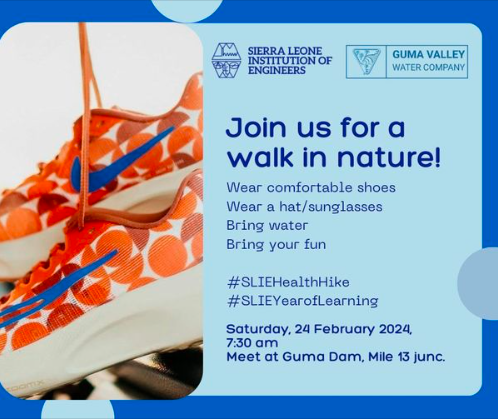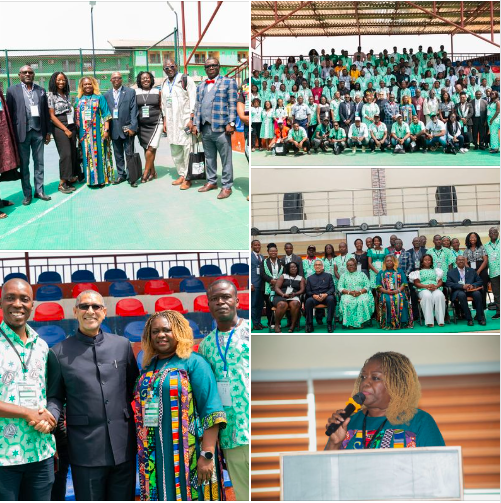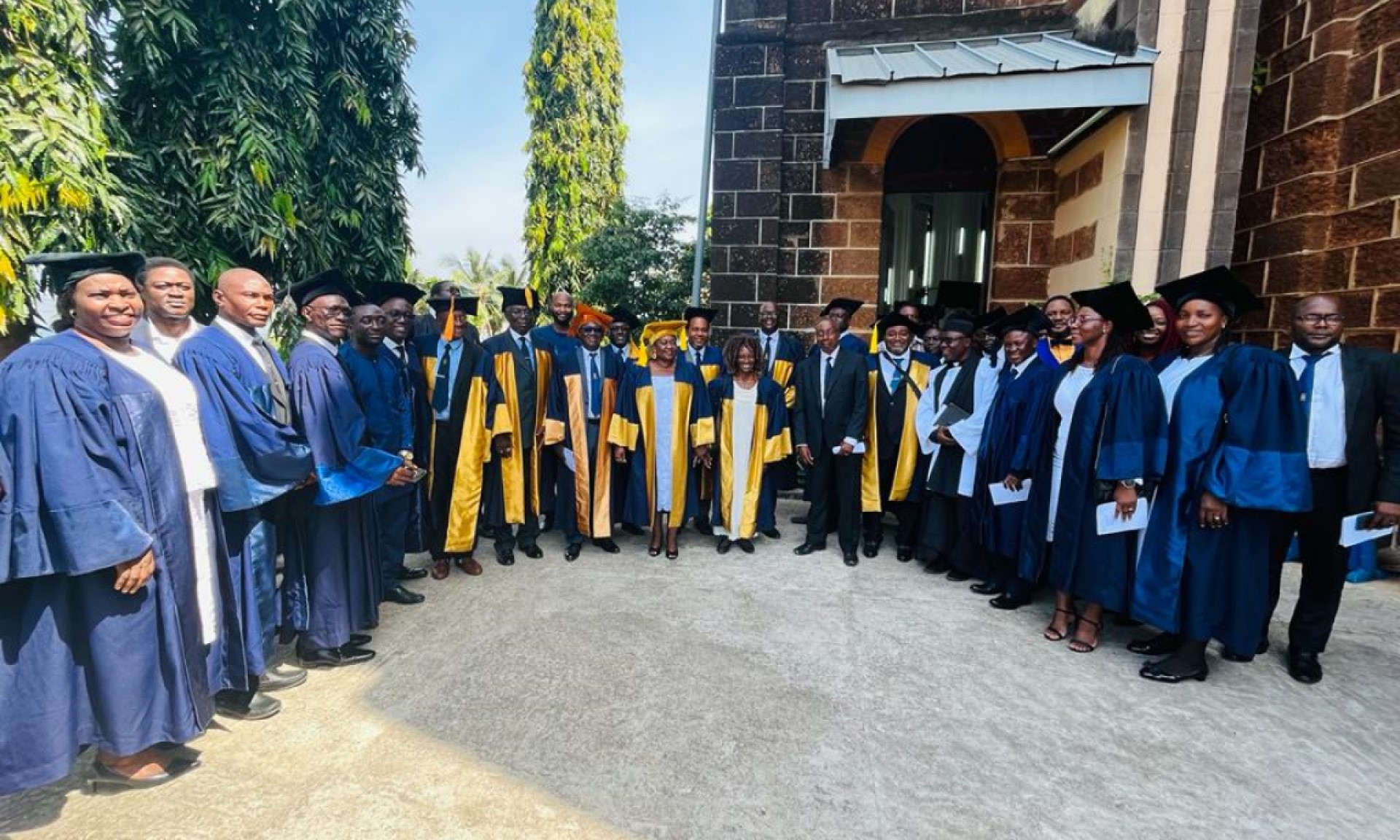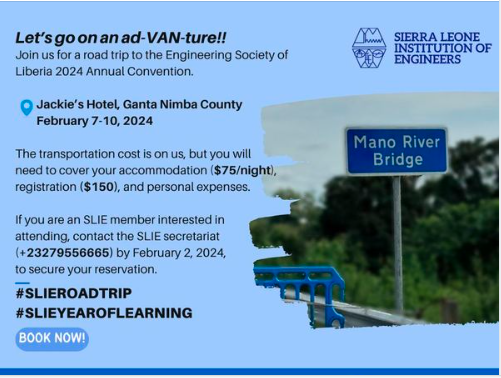By Ing. Francis Moijue
Background
Freetown is the capital city of Sierra Leone and Guma Valley Water Company (GVWC) is the utility responsible for water services provision in and around Freetown. GVWC is super-vised by the Ministry of Water Resources through a Board of Directors of the Company. The Act that established GVWC gave it monopoly for water supply in Freetown and its envi-rons (Sussex to the West through the City to Allen Town in the East).
The main water source (90%) for the city of Freetown, origi-nates from the Guma dam and water treatment works. It is located in the west of the city in the Peninsula Mountains ap-proximately 20 km from central Freetown and at about 200m above sea level; thus supplying the bulk of the city by gravity (planned – then) through service reservoirs as far as the east of the city in Wellington. There are however, other water catchments also used as water sources for Freetown and envi-rons, such as the Kongo, Takuyama and Sugar Loaf – that feed the Babadori reservoir and treatment works; and also the Al-len Town Water Treatment Plant that serves part of the east, namely Allen town and Calaba Town.
At the time of its completion in 1967, the population of the city of Freetown was around 600,000. Today (2016) the popu-lation is around 2,600,000. The rapid increase in the popula-tion of Freetown during the last 49 years coupled with the Government’s inability to fund or adequately attract donors for the city’s water supply infrastructure expansion needs has resulted amongst other things in;
Supply vs demand deficit for the city – the combined wa-ter sources have not been able to meet the increasing wa-ter needs of the city. (supply is 78mld [million litres per day] & demand is around 150mld)
i. To meet the water demand needs in this situation requires huge investment in terms of new water sources, treatment works and transmission to the city. GVWC therefore had resorted to demand management measure of water ration-ing in the city to about 3 or 4 times a week for about 8hr for many parts of the city. Services to slums and peri-urban areas remaining unmet and unfulfilled by GVWC had thus ushered in CBOs; INGOs; NGOs; informal cart operators alongside various coping mechanism by communities to meet their water supply needs.
ii. The un-equitable supply of the available water over Free-town with a distribution network that has aged and has not been expanded to keep pace with the city’s development with-in the context of the lack of a formal city plans.

